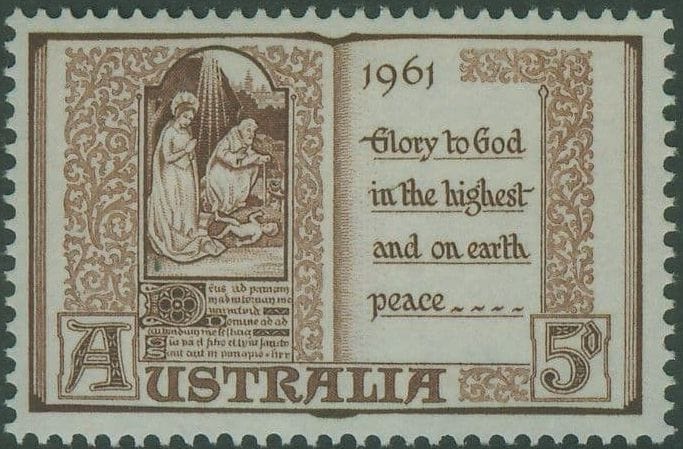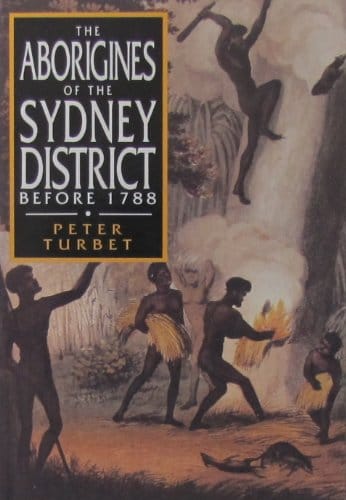On behalf of the St George Historical Society Committee, we wish everyone good health and happiness during the festive season.

On behalf of the St George Historical Society Committee, we wish everyone good health and happiness during the festive season.

by Fred Gannon
In his beautiful home at Tempe Mr. Fred Gannon, who is the oldest solicitor on the rolls of New South Wales, now spends the quiet evening of his days. He has reached a hardy old age of 85 interesting years; his wife is still living, and his sons and relations worthily carry on the famous name in the legal circles of Sydney. Time was when Mr. Gannon held for many years the largest criminal practice in the city, and his experiences run far back to the beginnings of the State.
Mr. Gannon is supposed to be an invalid; but his long record in sport has left him hardier than the average man of middle age. His memories are clear about famous criminals, but more vivid in his remembrance of the shooting matches he won and the games he had played. His house is filled with trophies won at pigeon shooting; one room is almost lined with silver prizes. He was a great cricketer in the old Albert Ground – in the days when it was not considered playing the game to bowl overhand; and as a fisherman he was famous.
Mr. Gannon was born in Argyle Street. His father, Mr. Michael Gannon, was a well-known early settler. He bought what was afterwards known as Gannon’s Forest, an expanse of bush that started from Arncliffe and extended to Hurstville, 2400 acres of valuable firewood. He paid for it only 7/6 an acre; and his son, Mr. Leslie Gannon, solicitor, holds the original deed. Gannon’s Forest nowadays includes all Bexley, Rockdale, Carlton, and Hurstville, and every acre is worth approximately £500.
Michael Gannon was a shrewd man. There was only one way of getting into Gannon’s Forest to cut firewood, and only one way to come out – that was at the dam at Tempe. There was a toll-gate there, and Michael Gannon was on the spot. Every cart going in to cut firewood had to pay toll to the owner of the forest for his load. Thousands of loads were cut every day to keep the home fires of Sydney burning.
Sixty years ago Cook’s River was the Potts Point of Sydney. It was the residential area of all the leading men of those days; and the curious visitor will find to-day the remains of fine old houses, each set proudly on one of the high hills. Tempe’s great industry was shell-gathering, to burn for lime; for this was before the great discovery of good limestone quarries. The late Mr. D. Cairncross, of Rockdale, was one of the early lime-burners.
The communication with Sydney was chiefly by ‘buses, and when the road was muddy the ‘bus proprietors got any price they demanded. There were profiteers even in those days.”
This article was first published in the February 1970 edition of our magazine.
Browse the magazine archive.
reviewed by Laurice Bondfield

The author collects together in this small book as much information as possible about the tribes who lived in the Sydney region before 1788. He covers such topics as social organisation, languages, food gathering, marriage and family life, medical treatments, religion, initiation and artistic expression. Although the Aboriginal people who lived along the coastline of NSW shared many customs, they were also diverse in languages, tools and cultural practices.
The writer cites three types of sources for the information he presents: the observations of the colonial diarists and missionaries, the memoirs and testimonies of Aboriginal people and the results of archaeological excavation.
The St George District was home to the Bidjigal people. It is possible that their territory extended as far as Castle Hill. The famous guerilla leader Pemulwuy had connections to this area. In 1790 he fatally speared a man named M’Entire near the Cooks River. Later in 1797 he took refuge in the country near the mouth of the Georges River after escaping from a hospital in Parramatta.
Local archaeological digs at Curracurang overhang in Royal National Park and a shell midden at Gymea Bay have yielded information about the shelter and diet of Bidjigal people. A tantalising reference by a colonial diarist to a “village of bark huts” that once stood near the mouth of the Cooks River makes you wish to know more- were they a permanent seasonal site or something more?
The evidence of rock art at La Perouse and in Royal National Park shelters gives evidence of a rich cultural and religious life.
The Aborigines of the Sydney District Before 1788 is a good first reference book. It was published in 1989 and in the 22 years since then more research has been carried out. Most of this research is published in academic journals and is sometimes difficult for the general reader to gain access to. In the last few years one or two more books on Aboriginal life in the Sydney region for a general audience have been published and I intend to review one of them, Rivers and Resilience about Aboriginal life past and present on the Georges River, for a later journal as Rockdale Library has a copy.
This article was first published in the January 2011 edition of our magazine.
Browse the magazine archive.